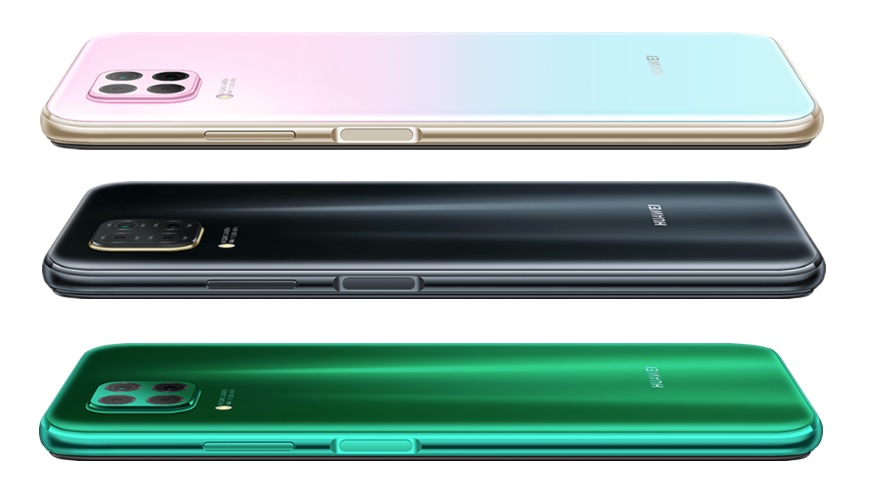In order to gain install a custom recovery, gain root access and install custom ROMs on the OnePlus One, you first need to unlock the bootloader. So today I’m going to show you exactly how to unlock the OnePlus One bootloader so that you can start working on modifying your device.
Unlocking the bootloader of the OnePlus One basically opens a gate to a certain part of the internal storage of your smartphone. This is where the smartphone holds the instructions to either boot up into Recovery Mode or to launch the Kernel, which then launches the ROM that you have installed.
This is a critical component of your device and it is usually locked by the manufacturer or carrier in order to prevent you from breaking it. As long as you follow the instructions below, you should never be able to hard brick your OnePlus One.
Unlocking the bootloader and gaining access to this part of your smartphone allows you to flash images to various partitions on your OnePlus One. After we unlock the bootloader of the OnePlus One, you will be able to flash a custom recovery, flash a custom ROM and even flash various modifications like kernels, SuperSU, etc. So let’s go ahead and get started.
Warning:
Unlocking the bootloader(for the first time) will completely wipe all data from the OnePlus One. Please backup all important data before you continue with this tutorial.
Unlock the OnePlus One Bootloader
- Install Koush’s Universal ADB Drivers
- Install ADB and Fastboot
- Power Down Your OnePlus One
- Boot Your OnePlus One into Fastboot Mode
- Launch the Command Prompt and Browse to the ADB and Fastboot Folder
- Type the Following Command. . .
- fastboot devices
- . . .and Press Enter
- Make Sure Your OnePlus One is Listed Before Proceeding
- Type the Following Command. . .
- fastboot oem unlock
- . . .and Press Enter
- Type the Following Command. . .
- fastboot reboot
- . . .and Press Enter
- Watch Your OnePlus One Reboot and Set Android Up Again
Explanation
Alright, so the first thing we’re doing here is installing the proper USB drivers for your OnePlus One. A lot of people have reported success by installing Koush’s Universal ADB Drivers so that should be your first attempt. If you do not get any response when you type “fastboot devices” while the OnePlus One is in Fastboot Mode, then the USB drivers are not setup properly. If this is the case, you might want to follow this guide and install Samsung’s USB Drivers.
Once you have the proper USB drivers installed and setup correctly, then you’ll want to have ADB and Fastboot installed onto your computer. You can follow the guide I wrote on how to install ADB and Fastboot as it is quite an easy process. I like using this minimal ADB and Fastboot installation because it puts an entry in your Start Menu so that you can launch the command prompt directly in the ADB and Fastboot directory, allowing you to quickly and easily start issuing commands to your smartphone via these programs. So, once you have ADB and Fastboot installed, go ahead and boot up your OnePlus One into Fastboot Mode. If you aren’t quite sure how to do this, I have written a tutorial on how to boot the OnePlus One into Fastboot Mode.
Go ahead and boot your OnePlus One into Fastboot Mode and then issue the first Fastboot command. This first command included in the tutorial is just a test. If you don’t get a positive response out of this command then you have not installed the USB drivers properly. Look at the image above for an example of what it should look like. As you can see, after the fastboot devices command was entered, there is a device listed before it goes back to the command prompt. In this example, the CB5A1D8J42&ZLP string of letters and numbers is the PC’s way of identifying this specific device. For your OnePlus One, this string of letters and numbers will be different.
As long as you got a positive result from your fastboot devices command, we can then proceed with the tutorial. The next command you want to enter is “fastboot oem unlock” and this is what will wipe your OnePlus One completely clean. It’s basically doing a 100% factory reset so remember, you will lose your data when you unlock the bootloader for the first time. Once Fastboot.exe tells you that the process has been completed, you will then want to enter the “fastboot reboot” command so that you can reboot your OnePlus One and then setup Android all over again.
This tutorial might seem complicated if it is your first time ever using the command line, booting into Fastboot Mode, or doing any other tinkering with your smartphone. If you have any questions, as usual, please be sure to leave a comment or send me an email and I will do my best to help you in any way that I can.




